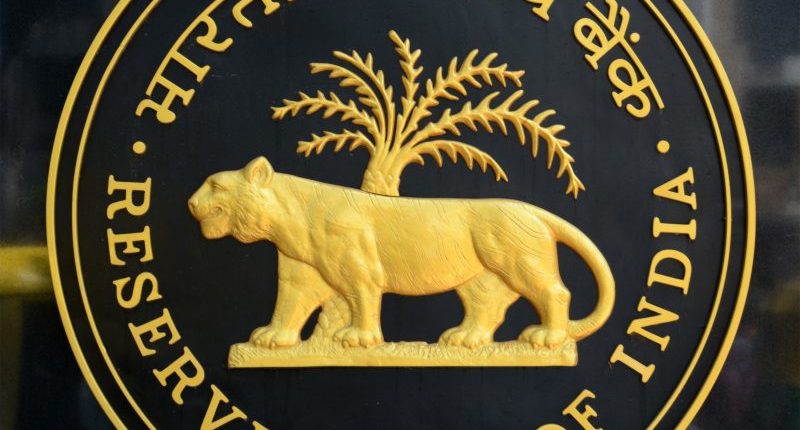RBI governor Shaktikanta Das announced the first monetary policy decision for FY 2021-22 last week, after the Monetary Policy Committee (MCP) review for three days.
Amidst the country witnessing the second wave of the COVID-19 and the upsurge of cases in the entire country, let us see what this monetary policy means for the economy.
Interest Rate announcement:
MPC voted unanimously to keep the ‘Repo rate’ unchanged at 4%, bank rate and reverse repo-rate also remain unchanged at 4.2% and 3.35%, respectively.
Repo rate is the rate at which the RBI lends money to the commercial banks in case of need, whereas the reverse repo rate means the rate at which RBI borrows funds from the commercial banks. Change in repo rate and reverse repo rate affects the inflation and liquidity of funds in the economy. RBI uses these rates as a tool to control inflation and manage funds.
We can broadly categorise the population into two types of individuals (i) Borrowers and (ii) Savers. One is the other’s flip side of another, meaning if the monetary policy will benefit the borrowers, then automatically, it will not be ‘so good’ times for savers. Let’s see what this policy means for both categories.
In its review meeting, RBI announced that it would be maintaining its ‘accommodative stance’ in these challenging times so that there is sufficient liquidity supply in the economy. This means that the interest rates are going to remain at similar levels. In addition to this, RBI also announced that it would do its level best to manage the yield on governments securities; additionally, it will try to manage the yield curve so that the interest rates remain at a low level. This looks to be favourable for the country’s borrowers as they will continue to enjoy lower interest rates.
On the other hand, this means bad news for the ‘saver’ population for the country as they will earn a negative real return on their savings with the bank. With the lower interest rates, the actual return earned after factoring in the inflation will be negative, i.e. savers will be losing even the money saved. Today’s inflation is in the range of 5-6%, whereas government and bank deposits are in the similar range of 5-6%. Considering the after-tax rate of return, a saver will, in fact, lose its money by investing in government and bank deposits.
Further, RBI stated that they should continue with their accommodative stance without committing to the period. Hence, we don’t know how long the savings would not be so attractive, leaving the ‘saver population’ uncertain.
Growth
RBI has not revised its growth projections downwards as most of us expected. Given that the country has seen an upsurge of cases of COVID-19 and there is a likelihood of full/partial lockdowns in states like Maharashtra who contribute almost 15% of India’s Gross Value Added (GVA), RBI seems to be way too optimistic regarding the economy’s growth. Since the lockdowns can hurt the country’s overall growth, it remains to be seen how the country manages to cope towards the end of the year. For now, MPC has retained India’s growth projections at 10.50% for fiscal 2021-22.
Inflation
Inflation is projected at 5% for Q4 of 2021, 5.2% in the first half of the FT 2021-22, whereas 4.4% in Q3 of this fiscal.
RBI has revised the projections for inflation slightly upwards. Revision of inflation projection just ‘slightly upwards’ also seems to be very optimistic. With the fact that worldwide commodity prices and food prices are shooting, the range of inflation is likely to be higher than projected.
The RBI governor justified that the CPI (Consumer Price Index) is mainly dependent on food and fuel. Food comprises 50% of the consumption basket. As food prices are affected by demand and supply and not largely impacted by what’s happening internationally or in the monetary policy, they are hopeful that inflation will remain within the range.
Interoperability between pre-paid payment instruments
RBI’s important announcement was that ‘interoperability’ means the ease with which one can transfer funds between various payment networks like Paytm, phone pe, Banks etc., will get easier. These transfers will become smoother, and hassle-free provided the accounts are fully KYC compliant.
RBI has also increased the threshold limit for these transfers from Rs 1 lakh to Rs 2 lakhs. This is a very welcome move and beneficial for small transactions.
For any clarifications/feedback on the topic, please contact the writer at jyoti.arora@cleartax.in

I am a Chartered Accountant by profession with 4+ years of experience in the finance domain. I consider myself as someone who yearns to explore the world through travelling & Reading. I believe, the knowledge & wisdom that reading gives has helped me shape my perspective towards life, career and relationships. I enjoy meeting new people & learning about their lives & backgrounds. My mantra is to find inspiration from everyday life & thrive to be better each day.




